One thing that made Ōkami such a great game, was the interesting art style. Being based off classic Japanese art (Sumi-e), it managed to stand out in its own way. Since then, we haven’t seen much else in the style, but Sumioni: Demon Arts tries to make a sidescroller, in this same art style. While this certainly makes it a unique Vita game, does that make it worth playing or is it a cheap gimmick to get sales?
Let’s see what’s HOT and what’s NOT in our review of Sumioni: Demon Arts.
HOT
Sumi-e
As mentioned above, Sumioni: Demon Arts uses the Sumi-e art style. Due to this, the art doesn’t just look interesting, but has style too. Playing through the game, you will be whisked away to a dream world, as the art really draws you in. Additionally, the art is surprisingly high quality. Over being perfect, the brush strokes clearly have weight to them and look very natural. Also the colors are extremely vivid. Several screenshots had a more washed out look, but while playing the game, the colors really stood out. Finally all of these elements are supported by very Japanese BGM. While it could be more original, it really suits the environments.
Classic Narrative
In the past, Japan was ruled by deceit. Tengan was displeased with this, so he strived to change it. However, the capitol saw them as a threat. A duo set out to banish them, but after completing their task, they turned on one another. Seimei was betrayed, but ultimately stopped his partner. However, this was not enough for him and he set his sights on grander things. Tengan saw the end coming, so he unseals a sealed demon.
This is where the game begins. Form here, the story is based off how well you do on certain stages. The better you do, the better and more expanded the story becomes. Sadly the story scenes are done pretty poor, as they’re not voice acted and are just a long stream of text with a background, but it’s actually pretty interesting. Also there are six different endings, so there’s more than enough to keep you interested.
Controls
Believe it or not, I think Sumioni: Demon Arts, finally gets the Vita controls right. The controls are very logical, square is attack and X is jump. You can also make platforms by drawing or you can do attacks. By pushing the L button, you can draw lines which burn, hold on a single point for a thunder cloud or summon a god. Using these attacks will rapidly deplete your ink, but you can quickly regain some by touching the back screen or picking up items. Finally, you can change your brush to water by pushing the icon or pushing circle. Doing this will allow you to erase some enemy attacks, but this won’t work for every attack.
Gameplay
Once you get acquainted with the controls, the game plays pretty well. The average level will have a few enemies and a trap or two. Most enemies can be dispatched by some quick sword work, but the traps require a little more effort. Generally speaking, these will require you to use the ink to progress on, though some are about avoiding enemies. At the end of every level, you will face a boss. Most bosses are just towers with enemies or cannons on them, which can be pretty hard to destroy. To get a good time, you will need to summon a god who will assist you in combat. Each god will take some damage for you, while still doing lots of damage. As the battle progresses, you will need to dodge more complex things like saws or vjara’s. As you progress further on, you will face more complex towers, that will require burning / lighting ink to simple survive. These might seem hard as first, but it’s all about getting use to the system. Once you understand how to fight a boss, it becomes second nature.There are also two other types of stages. One where you have to survive for a period of time or use your skills to beat a giant to the end of the level. These are quite rare, but appear around once a path.
Lots of Asian References
Obviously Sumioni: Demon Arts would have several references, but some of them are quite interesting. My personal favorite is an attack, which some bosses use. These bosses use a double sided item, called a vajra. This attention to detail, really makes the game far more interesting. The further you progress, the more interesting the enemies and game becomes. While US gamers might have a hard time noticing things, this won’t diminish your overall experience
NOT
Not a Lasting Experience
No matter how you look at it, Sumioni: Demon Arts is a short game. Even later stages, take less than a minute to get to the boss. With stage times varying between 30 seconds to 3 minutes, it’s possible to get your first ending in under 25 minutes. If you strive for a better ending, you will get more stages, which are also harder, but it you can most likely achieve every ending in less than 10 hours. This can get very annoying, since you need skill to really experience the game.
Frustrating Levels
After achieving ending 1, I instantly started my quest for a better ending. Despite starting stages being a joke, the deeper paths jump in difficulty. This makes sense, but the jump is too vast. Not only do enemies do insane damage, but stages have more powerful enemies. Some of these stages will result in several failures before you complete them. While this might not seem like a problem, many of these stages are required to earn a certain ending, so you will need to constantly redo the stage, till you can do it quickly and with minimal damage. This can stress people out and when you consider a large chunk is only accessible to skilled gamers, it might get on your nerves.
VERDICT
 Sumioni: Demon Arts is the best Vita game I’ve played. While it’s not the most expansive content wise, it is only $20 dollars. The art looks top notch and it is fantastic to play once you get the hang of it. While the difficulty might turn some people off, a little challenge never killed anyone. When you consider the Japanese version got a number of free upgrades, there is really no reason to say no. Honestly speaking, if you love Japanese art or not, this is one title you won’t want to miss.
Sumioni: Demon Arts is the best Vita game I’ve played. While it’s not the most expansive content wise, it is only $20 dollars. The art looks top notch and it is fantastic to play once you get the hang of it. While the difficulty might turn some people off, a little challenge never killed anyone. When you consider the Japanese version got a number of free upgrades, there is really no reason to say no. Honestly speaking, if you love Japanese art or not, this is one title you won’t want to miss.
[Editor’s Note: Sumioni: Demon Arts was reviewed on the PlayStation Vita platform. The game was provided to us by the publisher for review purposes.]

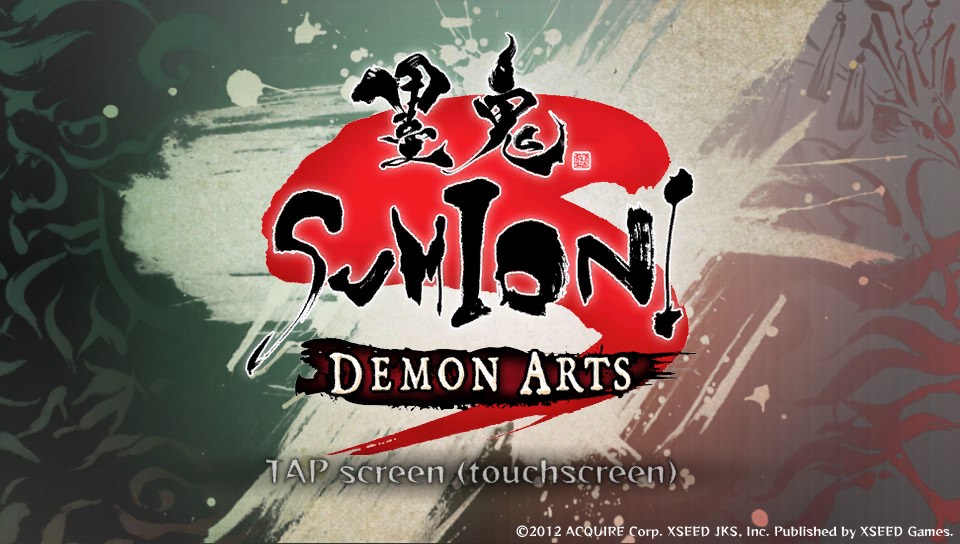
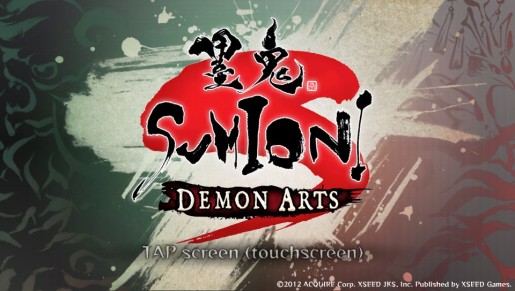
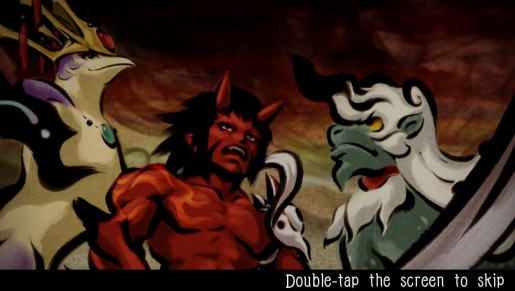
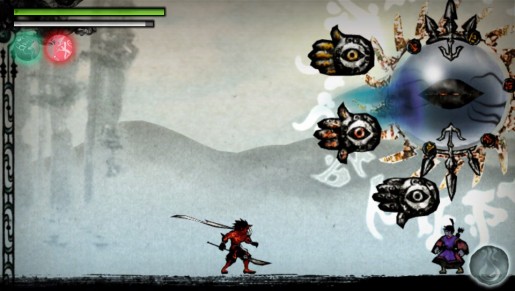
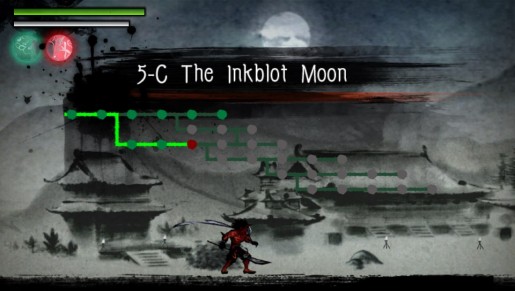
MushThePainter
March 21, 2012 at 12:26 PMI’ve only played about an hour so far but I like it, definately NOT the best vita game out imo but its cool, a little repetitive at first..